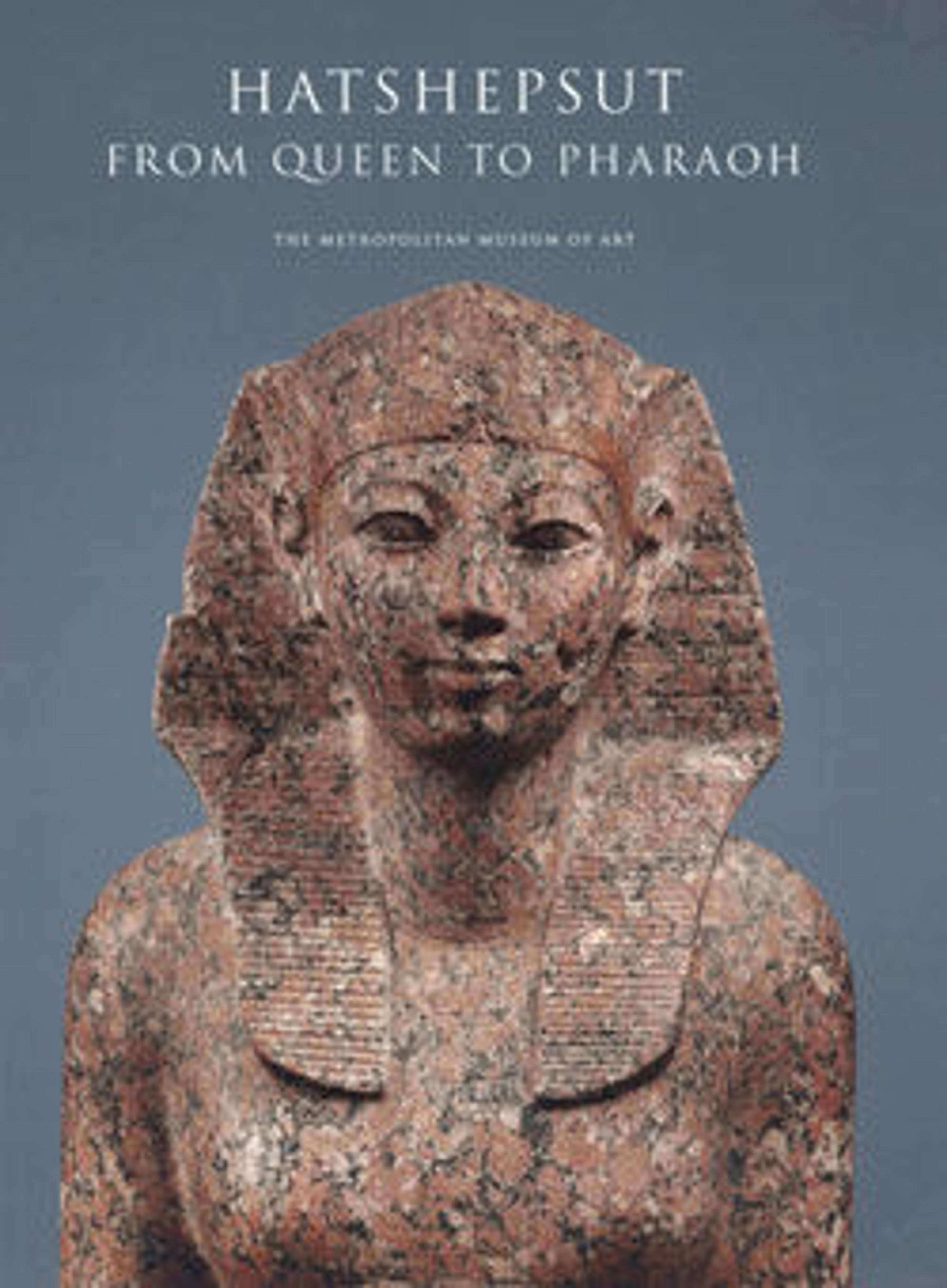Comb
This beautifully preserved comb has three neatly carved shallow indentations at the top to allow the fingers a secure grip. The flat area between the undulated top and the comb's teeth is embellished with groups of perfectly straight incised, parallel lines. The comb does not show wear and thus cannot have been used for long, if at all, before it was deposited in the burial for use in the next world.
The comb was excavated by the Earl of Carnarvon and Howard Carter in the Lower Assasif area of the Theban necropolis on the west bank of the Nile opposite modern Luxor. It was acquired by Carnarvon in the division of finds with the Egyptian Antiquities Service. Lord Carnarvon's collection was sold to the Museum after his death in 1923. Three similar combs were found by the Museum's Egyptian Expedition during excavations in the same area (16.10.428–.430).
The comb was excavated by the Earl of Carnarvon and Howard Carter in the Lower Assasif area of the Theban necropolis on the west bank of the Nile opposite modern Luxor. It was acquired by Carnarvon in the division of finds with the Egyptian Antiquities Service. Lord Carnarvon's collection was sold to the Museum after his death in 1923. Three similar combs were found by the Museum's Egyptian Expedition during excavations in the same area (16.10.428–.430).
Artwork Details
- Title:Comb
- Period:New Kingdom
- Dynasty:Dynasty 18, early
- Reign:reign of Ahmose–Joint reign
- Date:ca. 1550–1458 B.C.
- Geography:From Egypt, Upper Egypt, Thebes, Asasif, Tomb CC 37, Chamber A, Burial 73, Carnarvon/Carter excavations, 1912
- Medium:Wood
- Dimensions:H. 5 cm (1 15/16 in.); w. 7.1 cm (2 13/16 in.); th. 1.1 cm (7/16 in.)
- Credit Line:Purchase, Edward S. Harkness Gift, 1926
- Object Number:26.7.1448
- Curatorial Department: Egyptian Art
More Artwork
Research Resources
The Met provides unparalleled resources for research and welcomes an international community of students and scholars. The Met's Open Access API is where creators and researchers can connect to the The Met collection. Open Access data and public domain images are available for unrestricted commercial and noncommercial use without permission or fee.
To request images under copyright and other restrictions, please use this Image Request form.
Feedback
We continue to research and examine historical and cultural context for objects in The Met collection. If you have comments or questions about this object record, please contact us using the form below. The Museum looks forward to receiving your comments.
